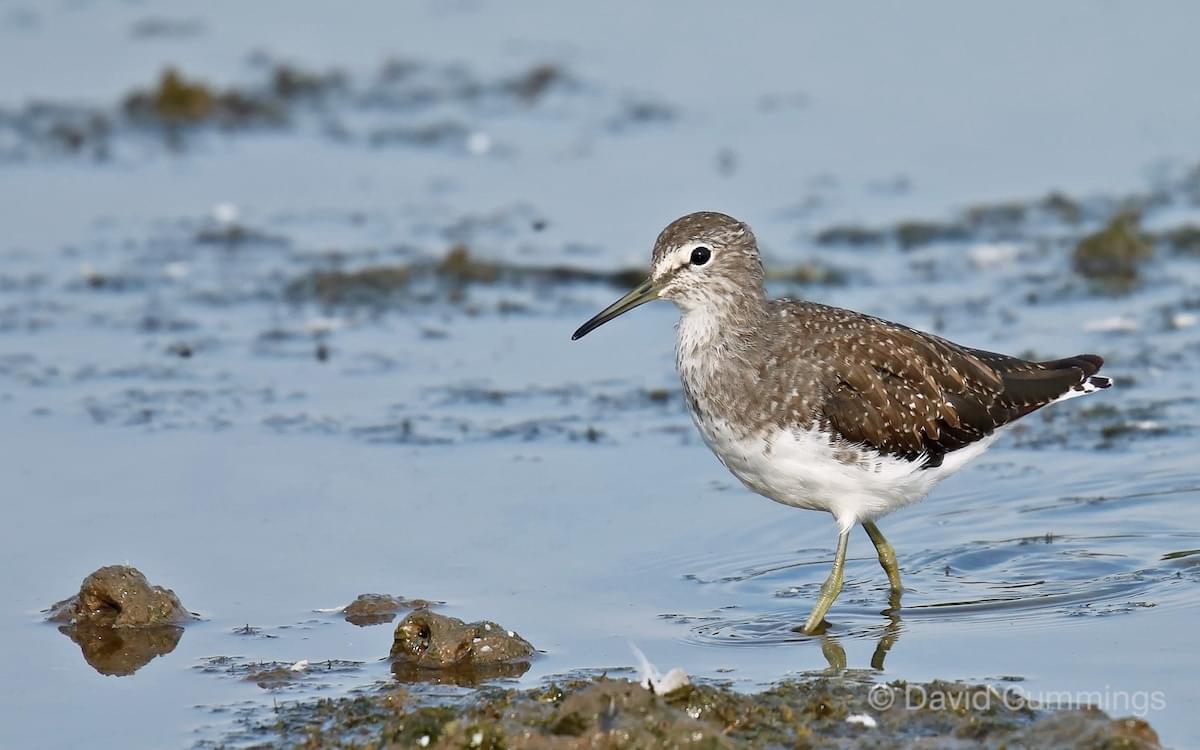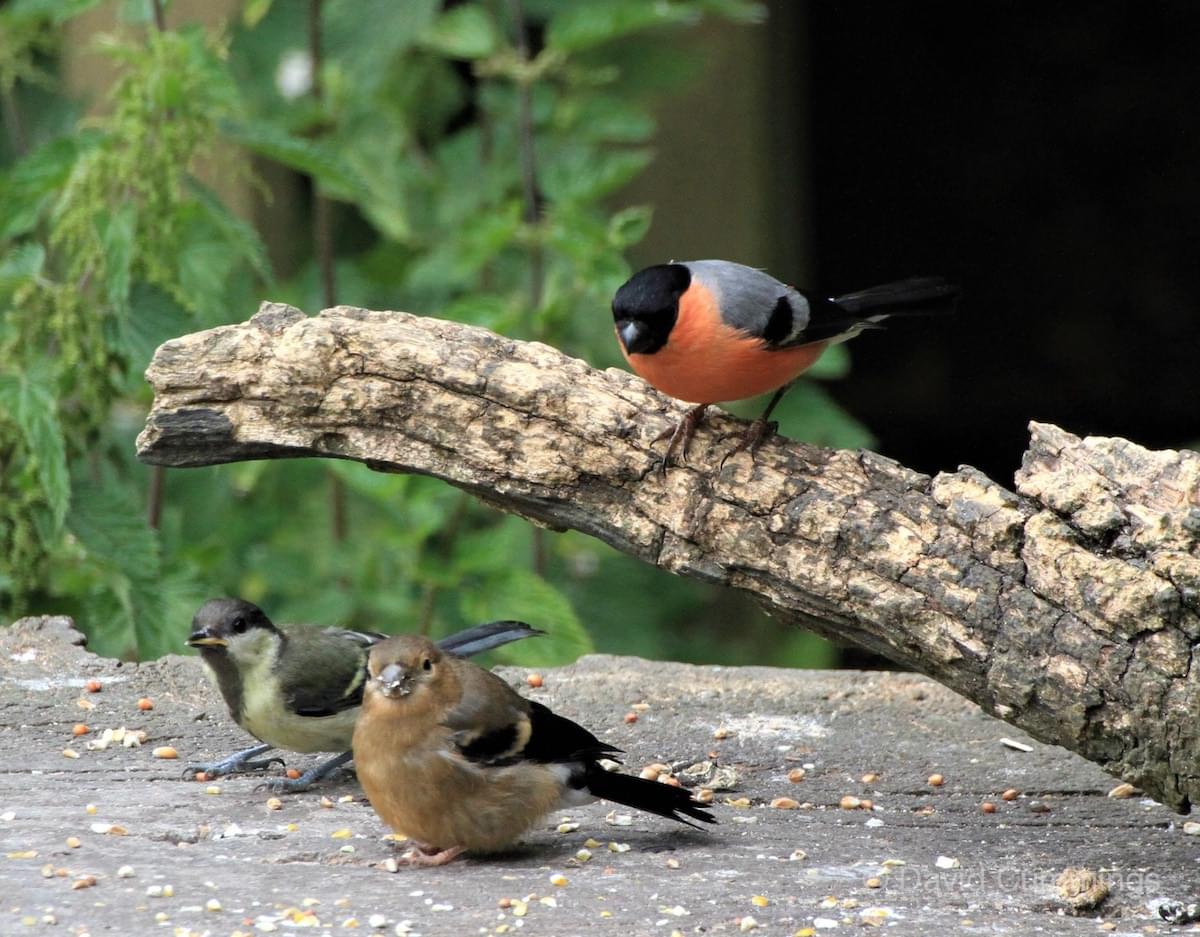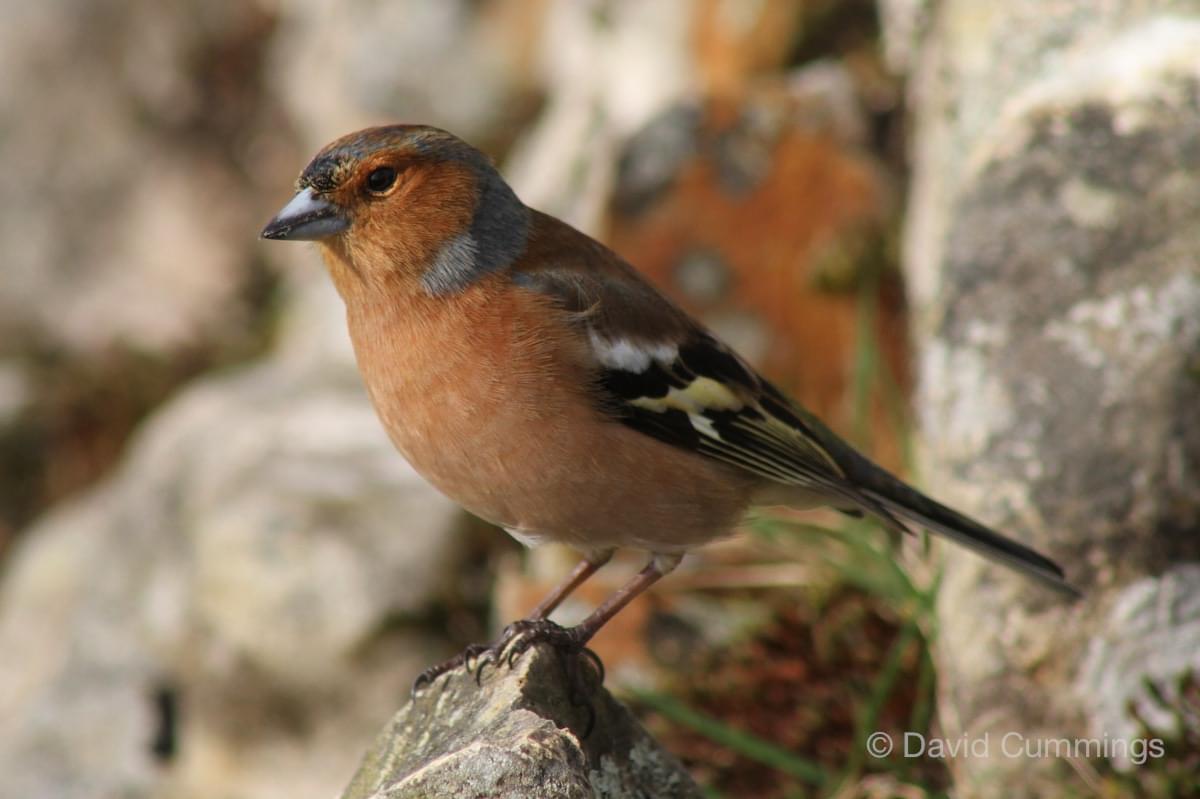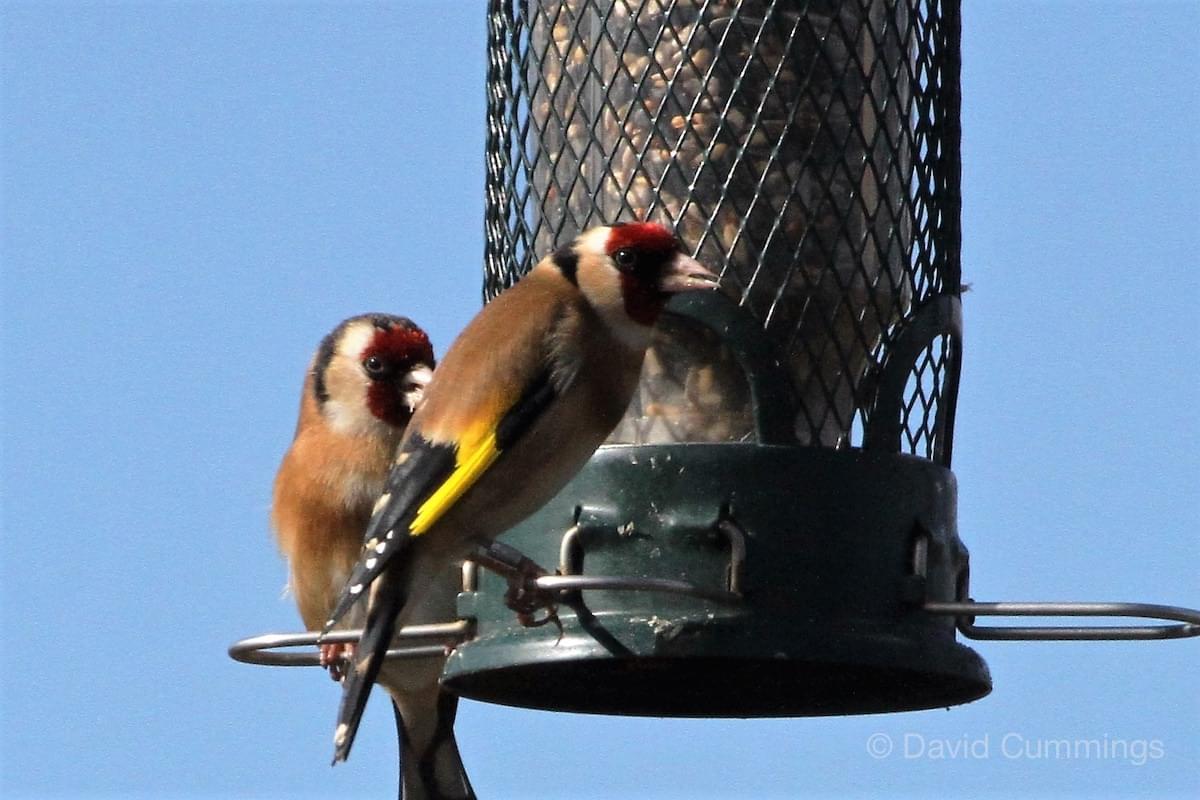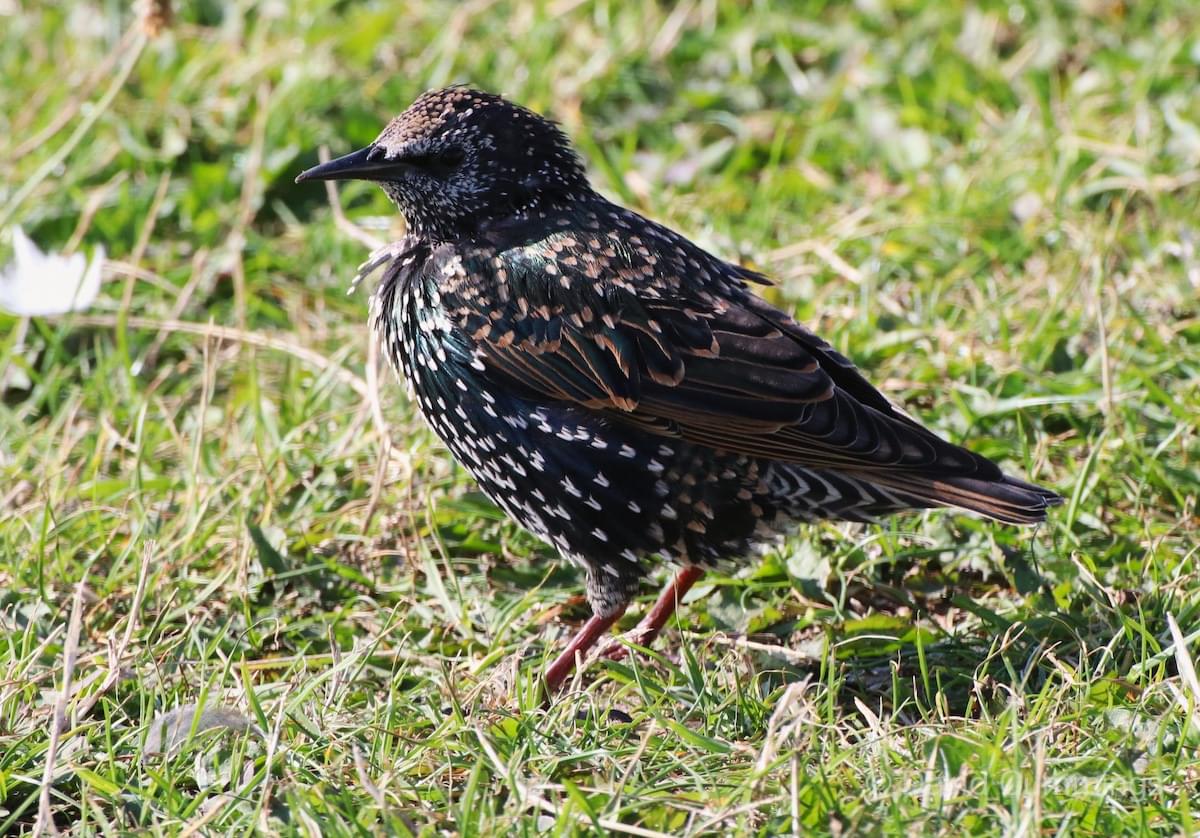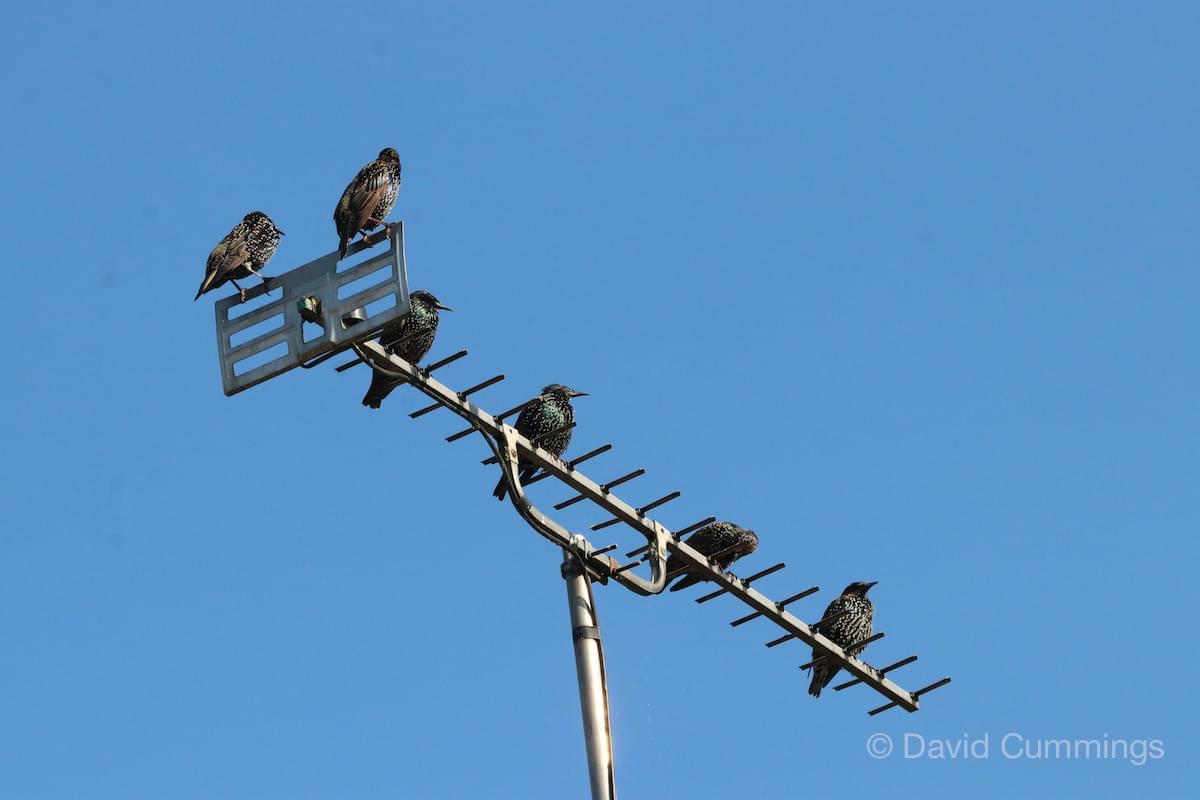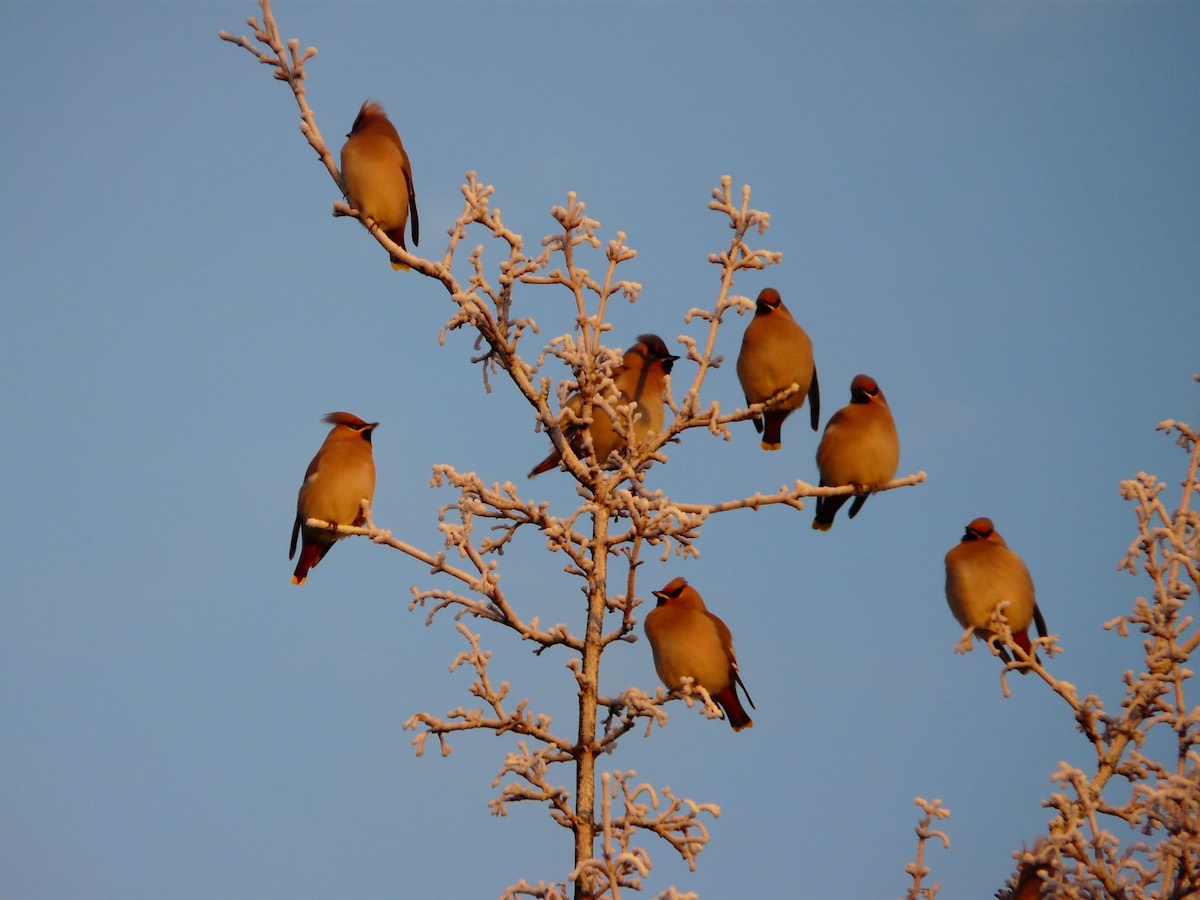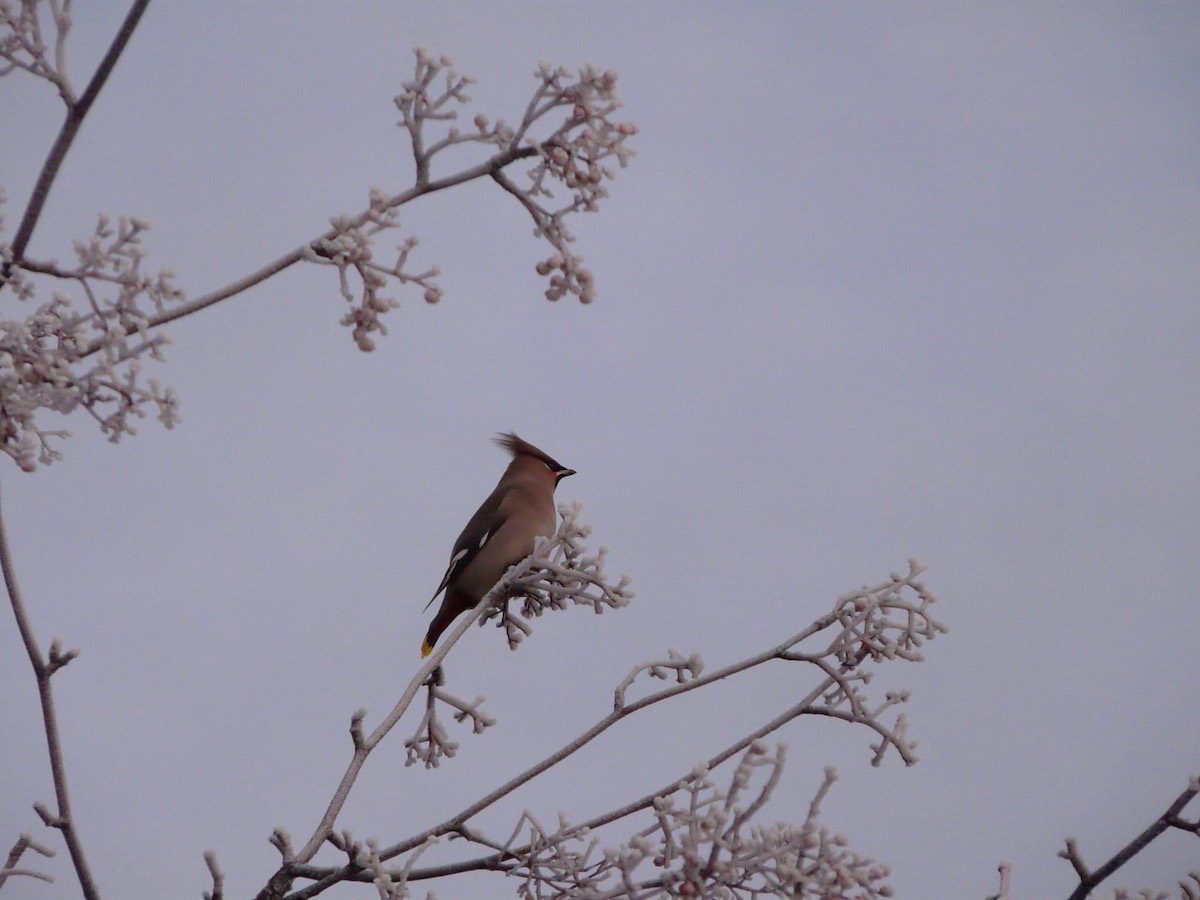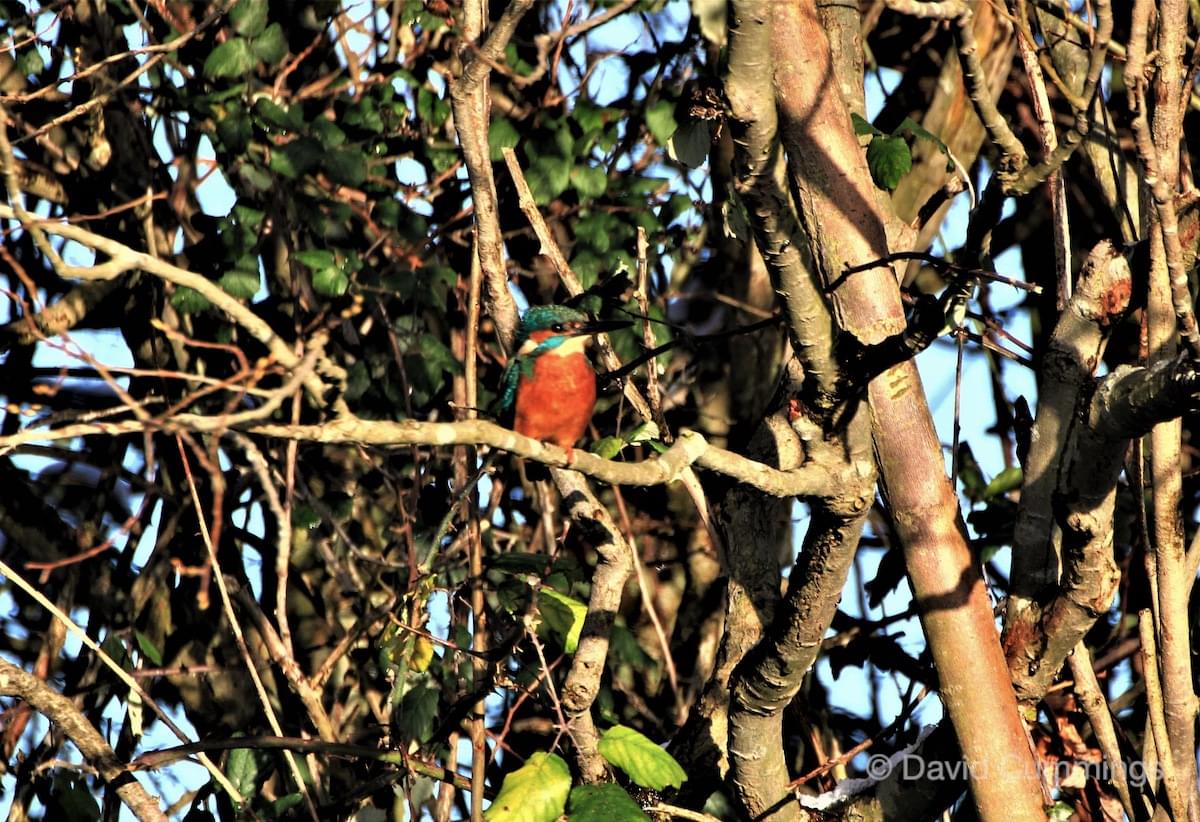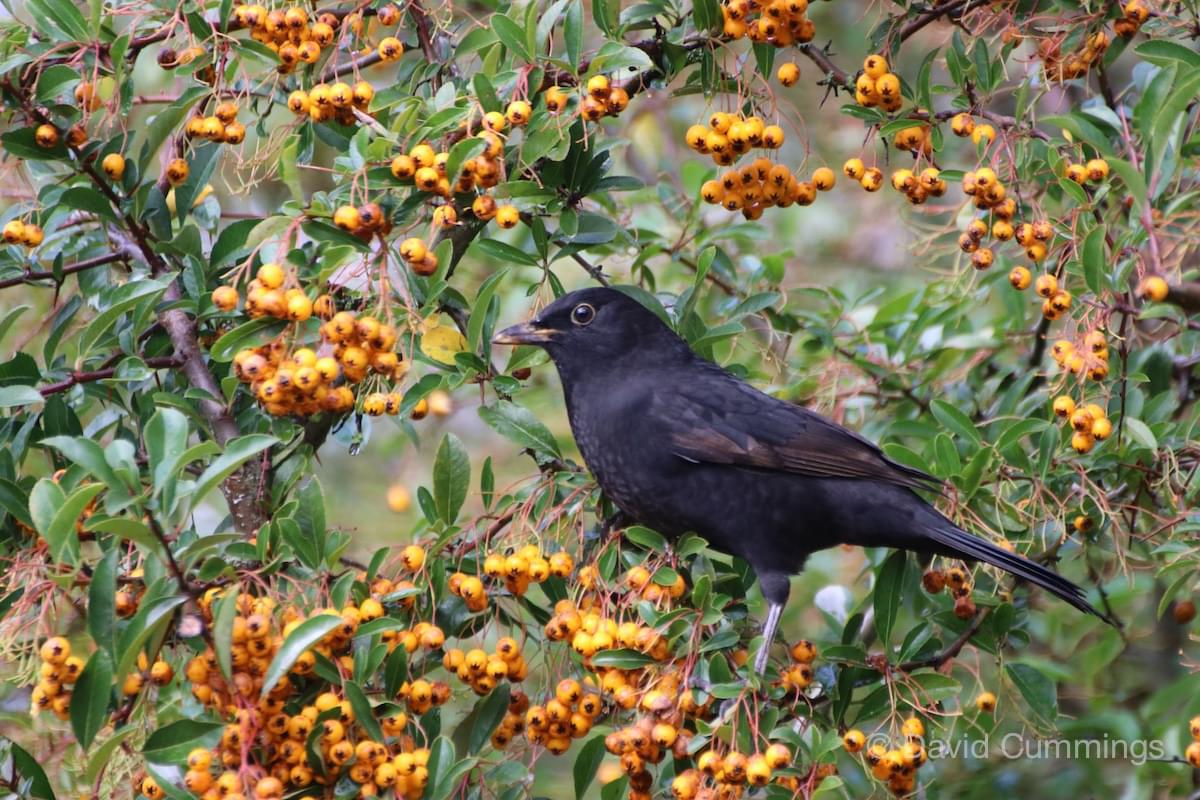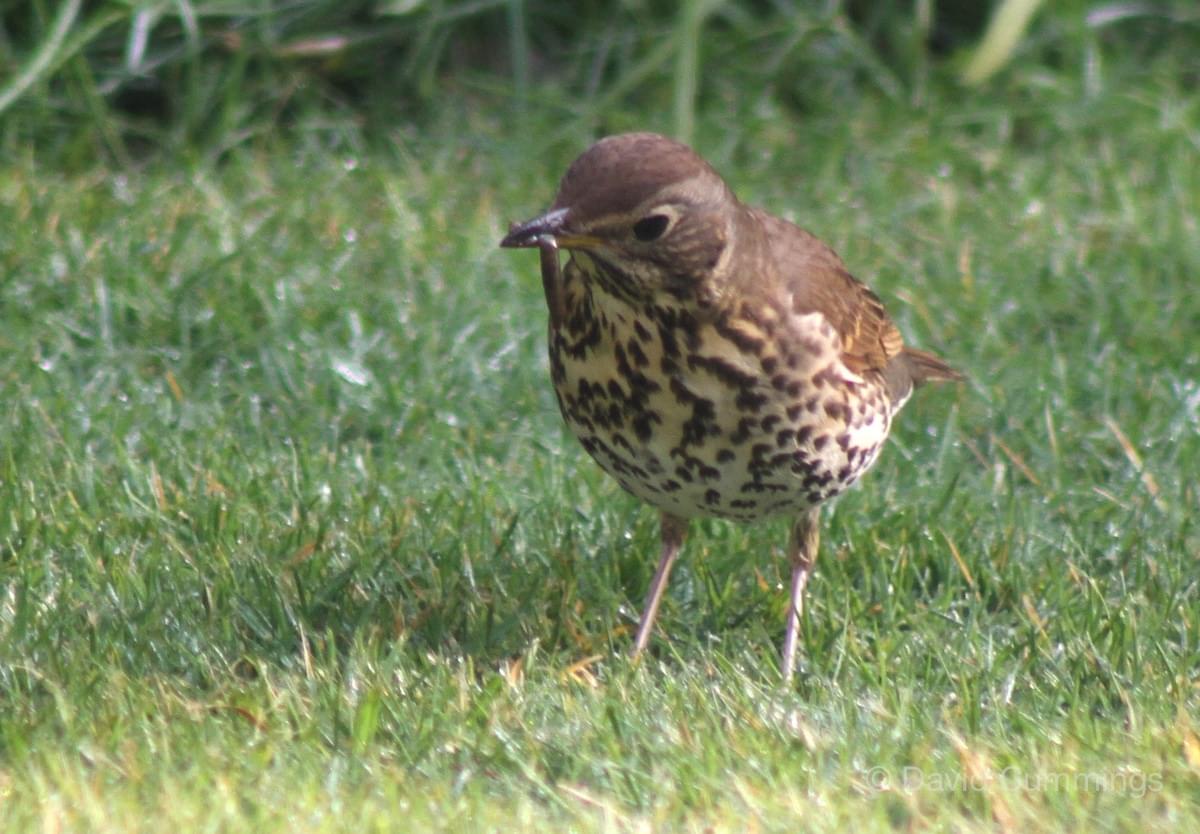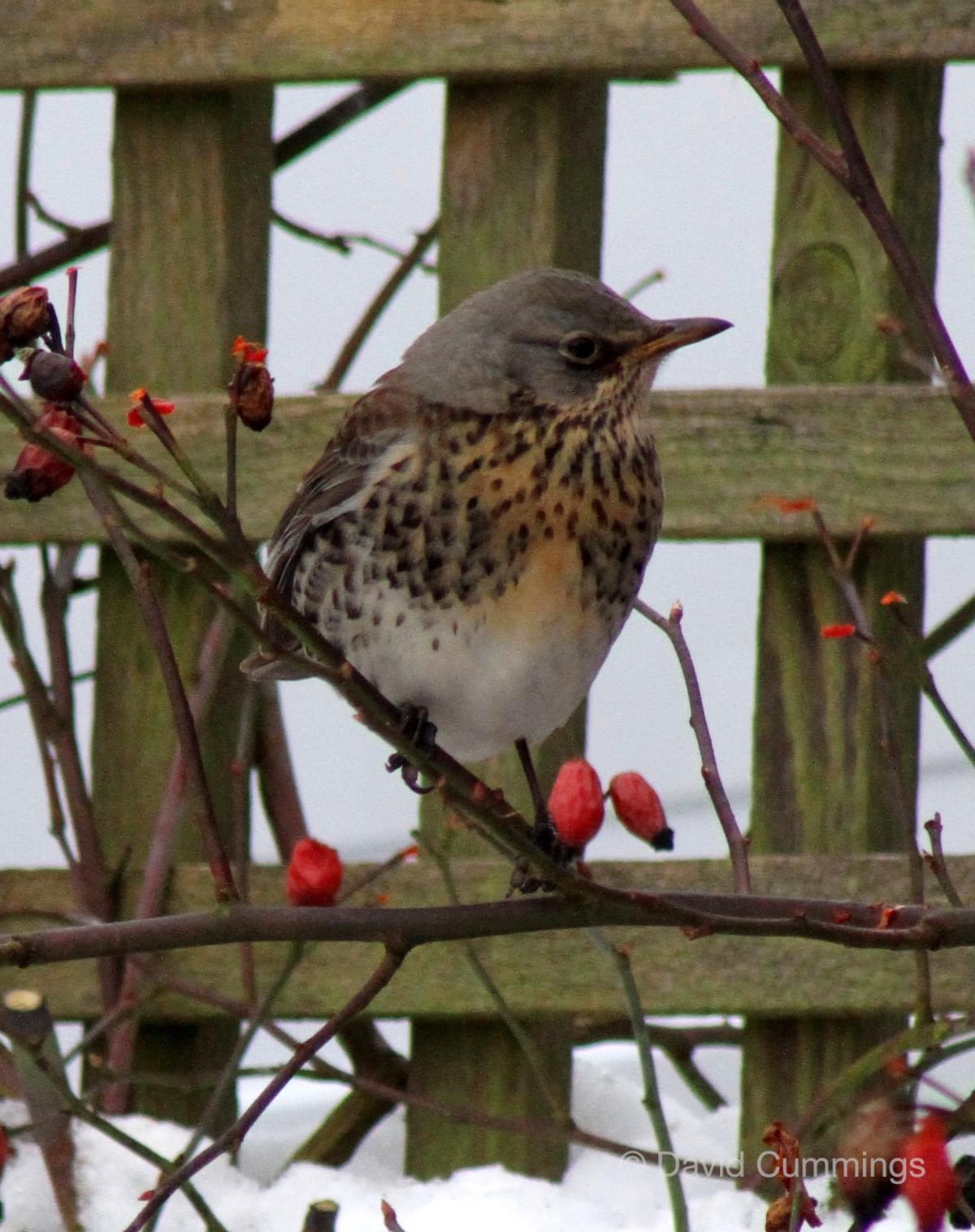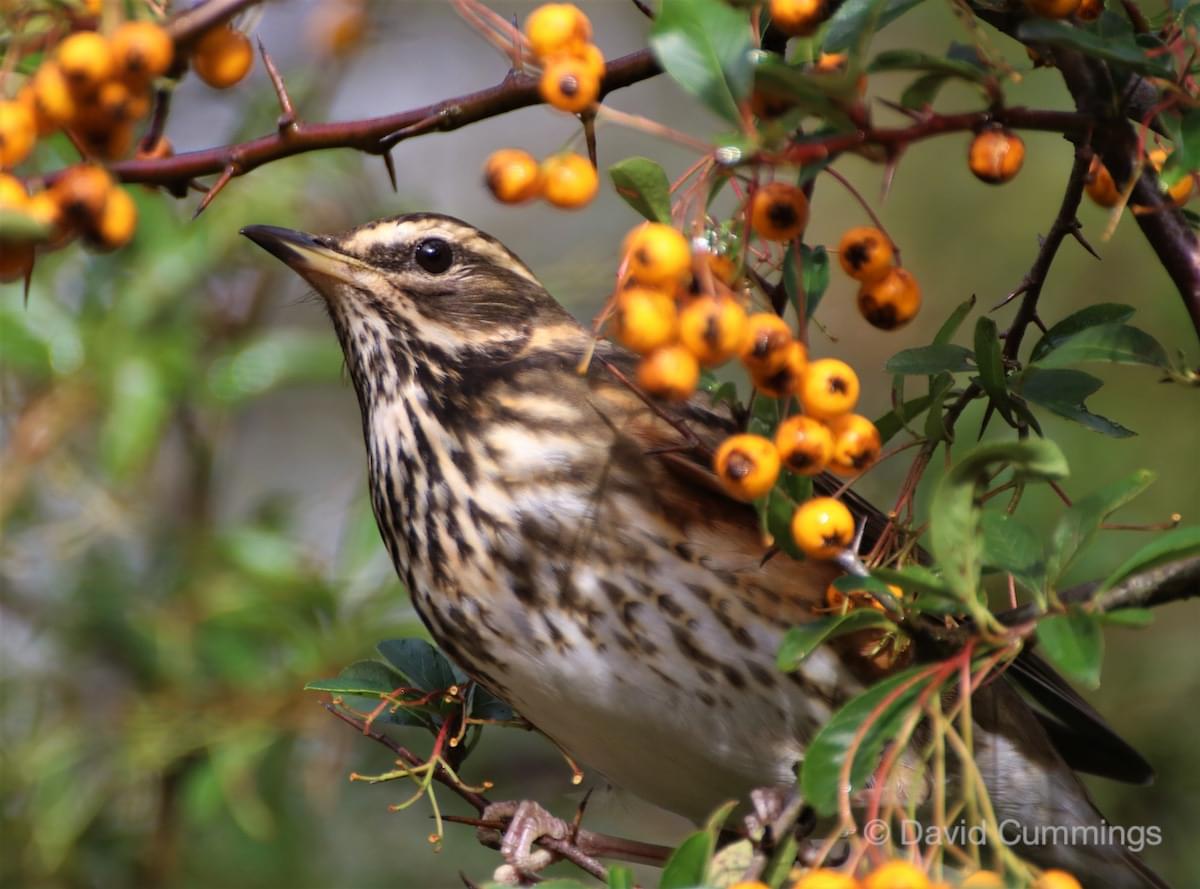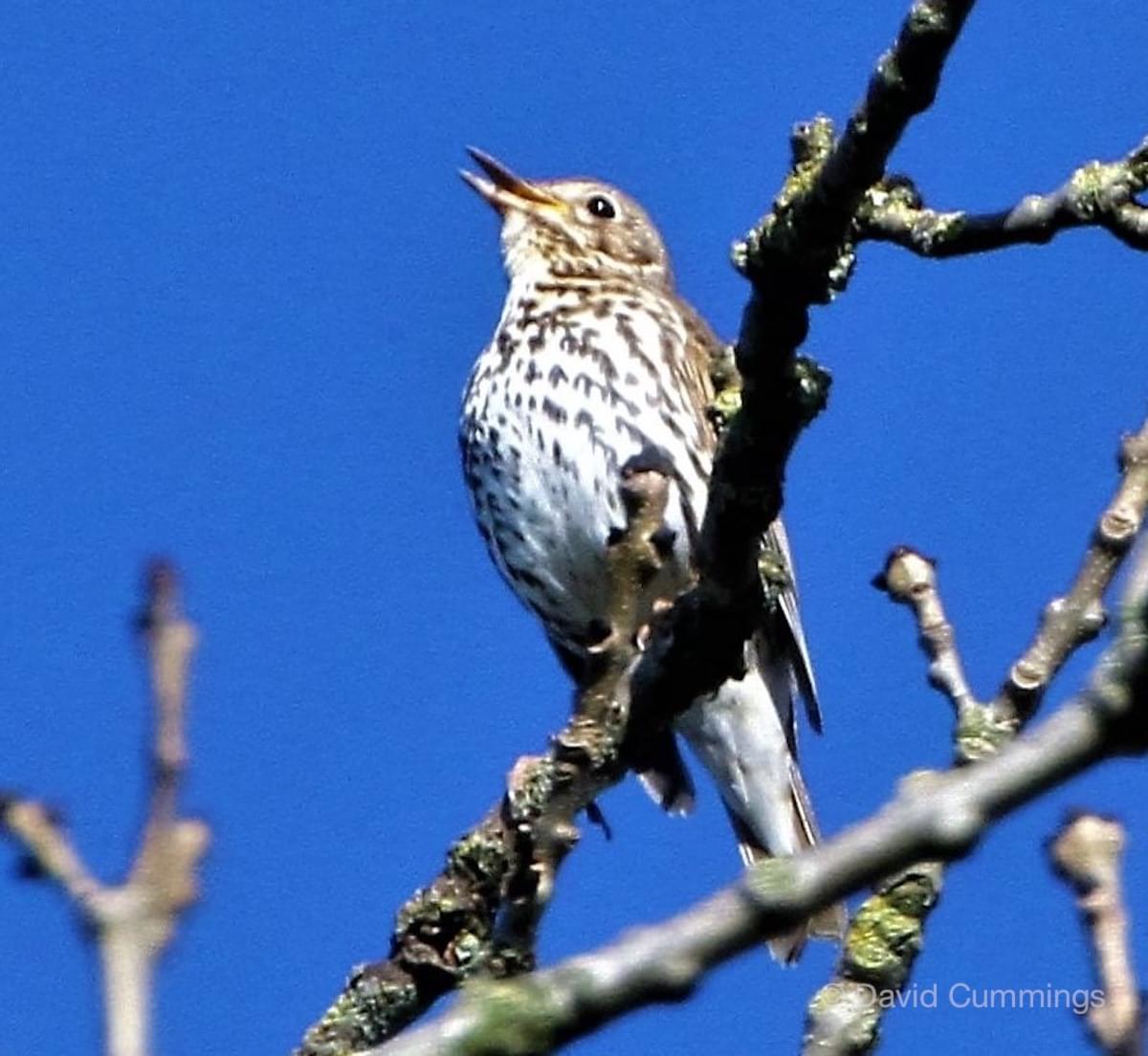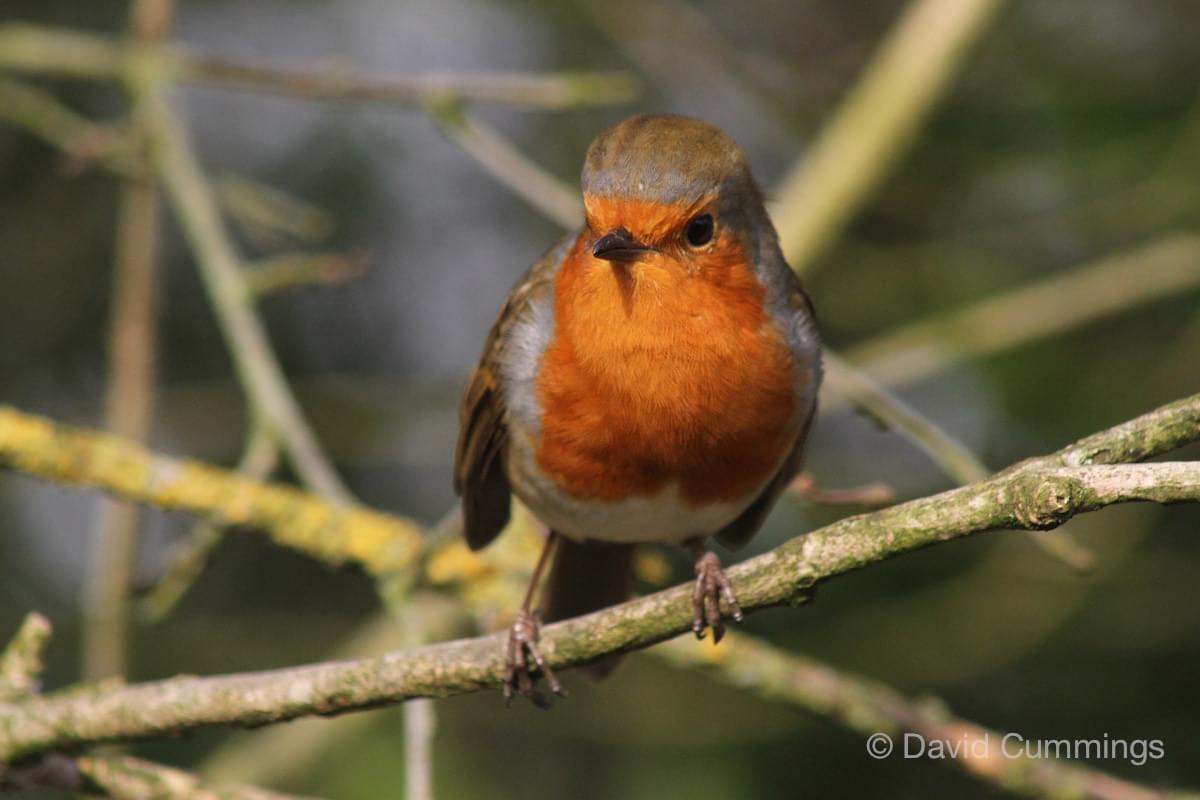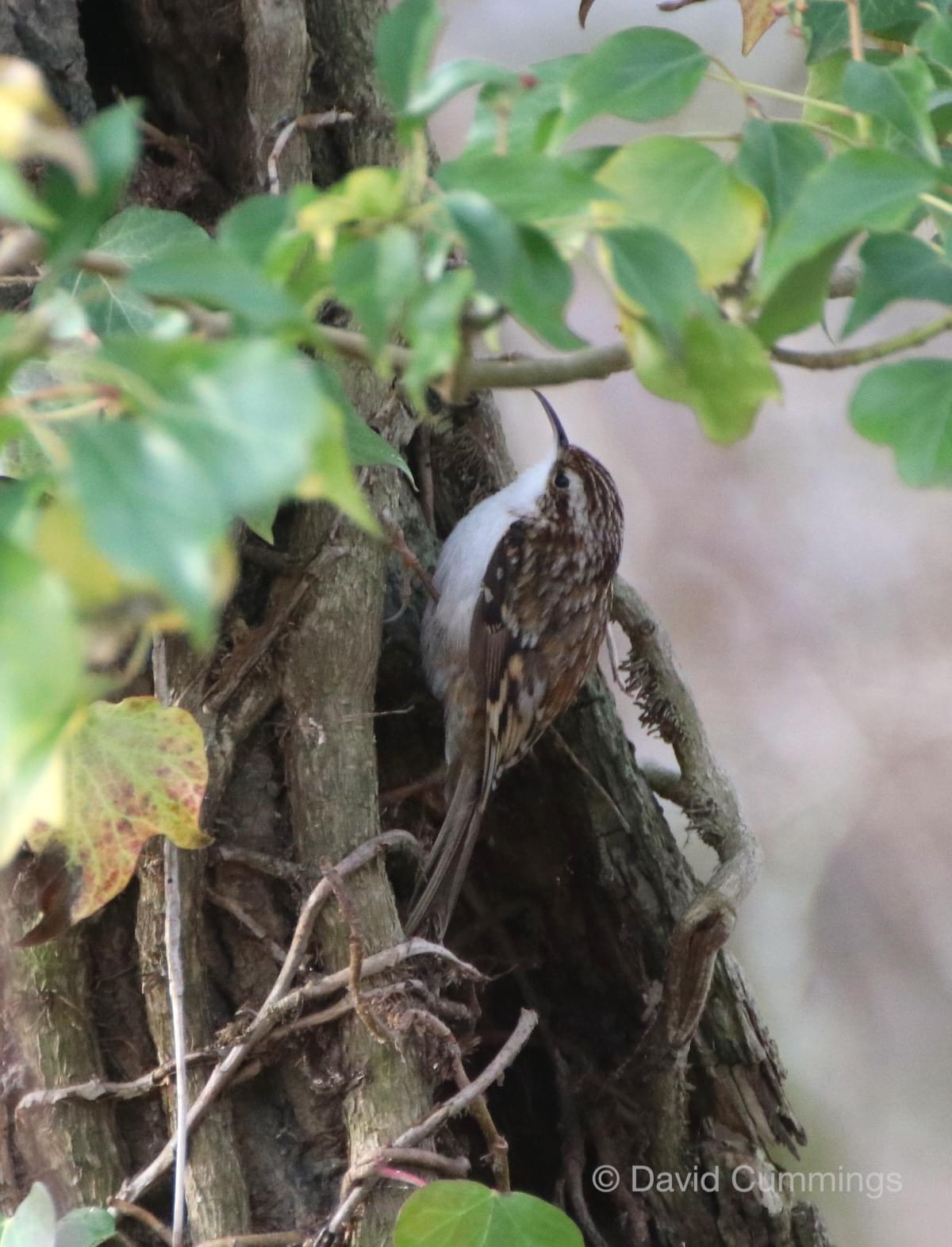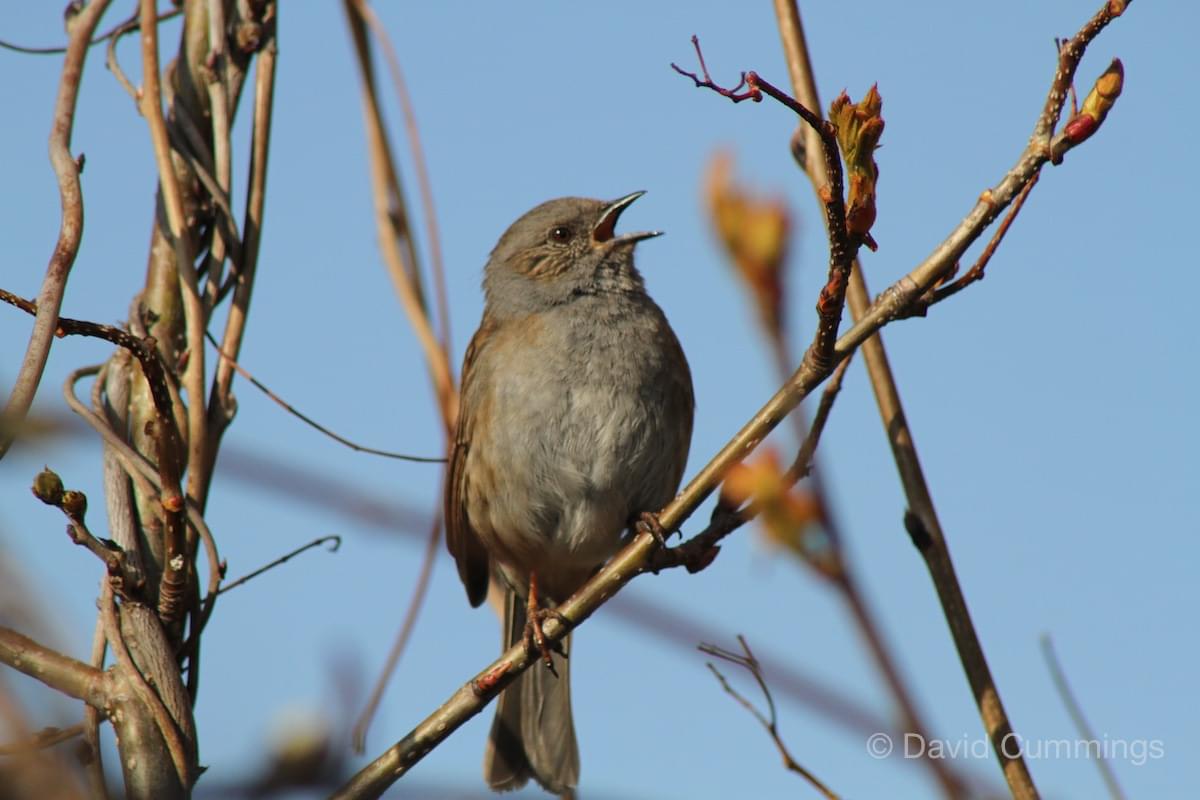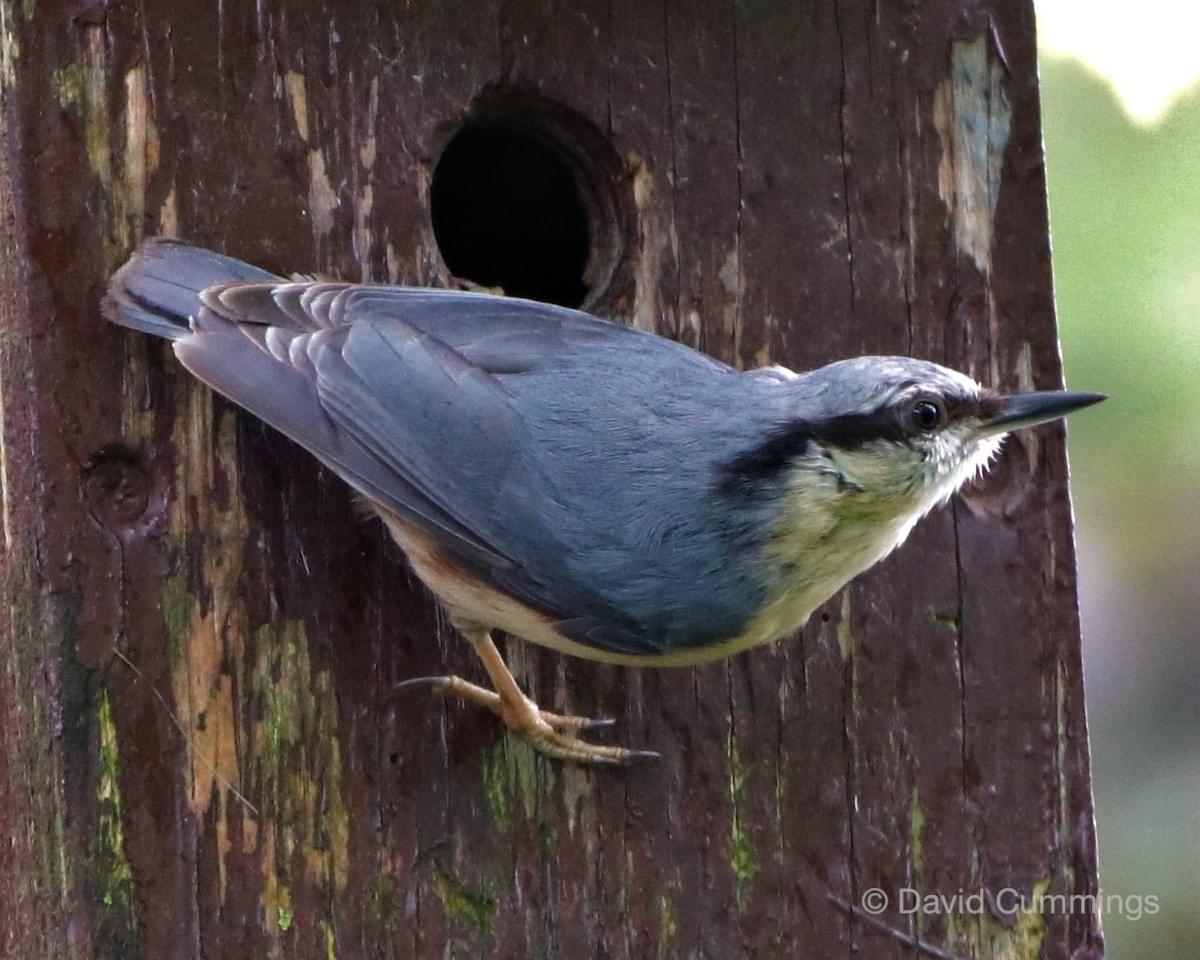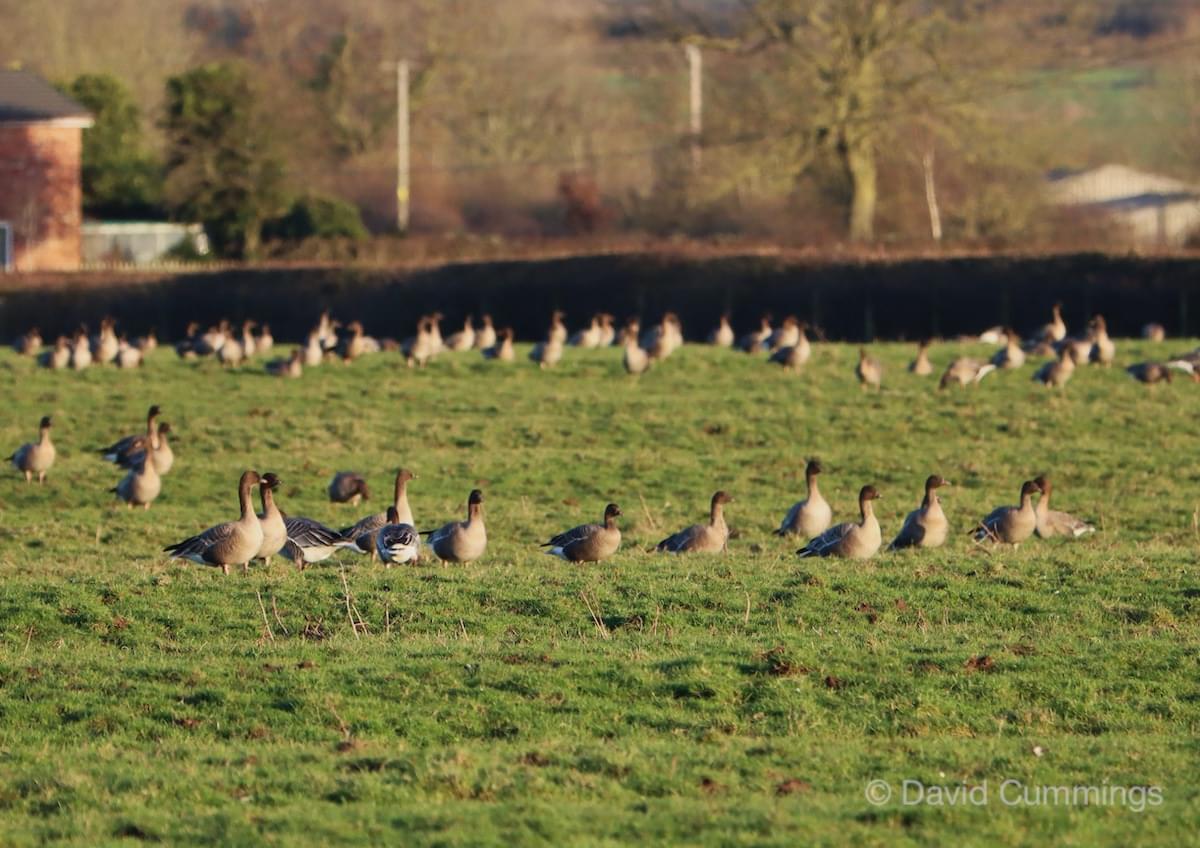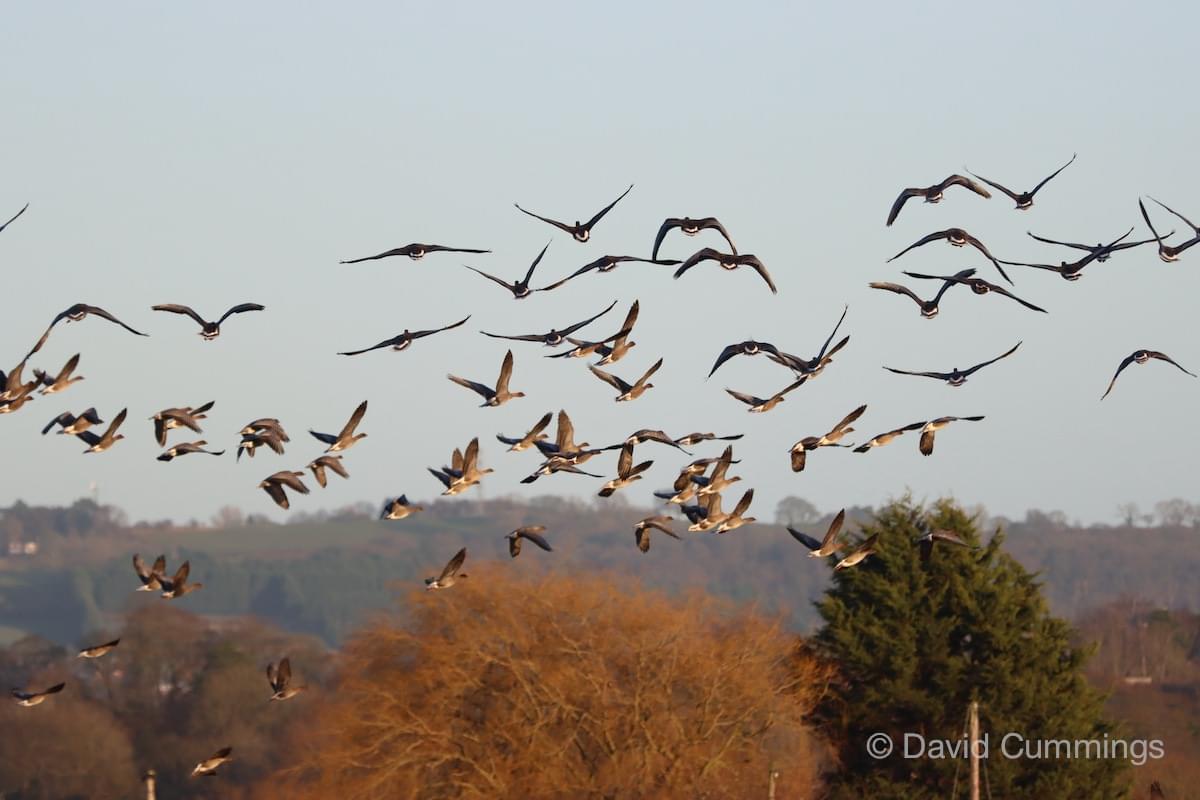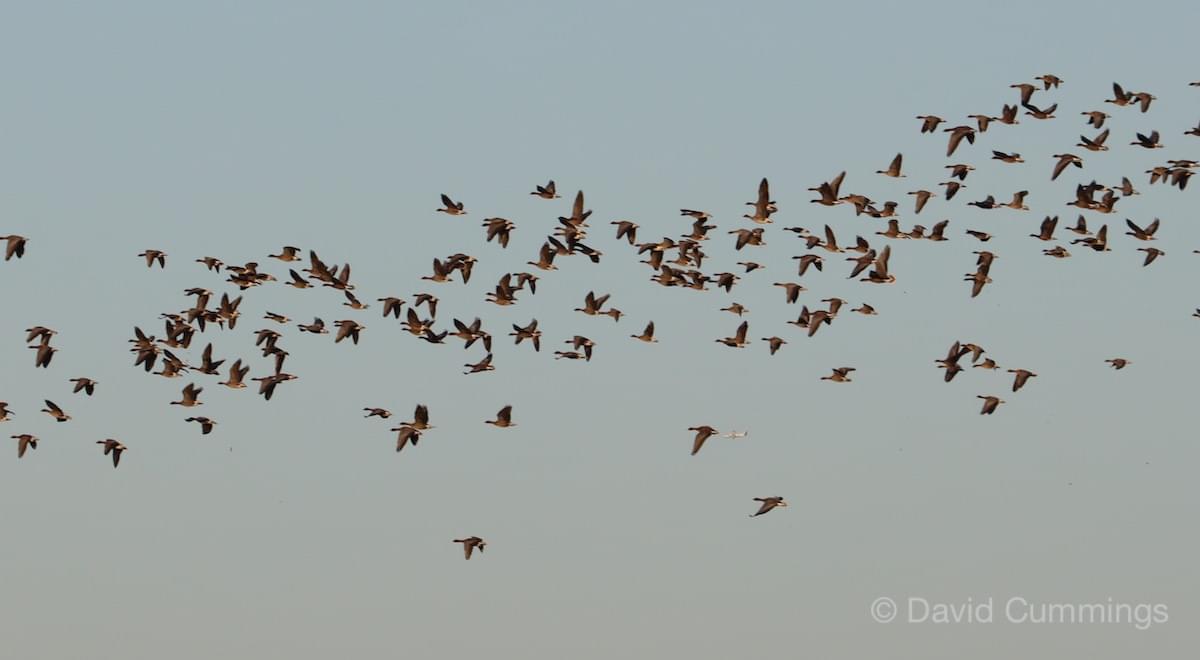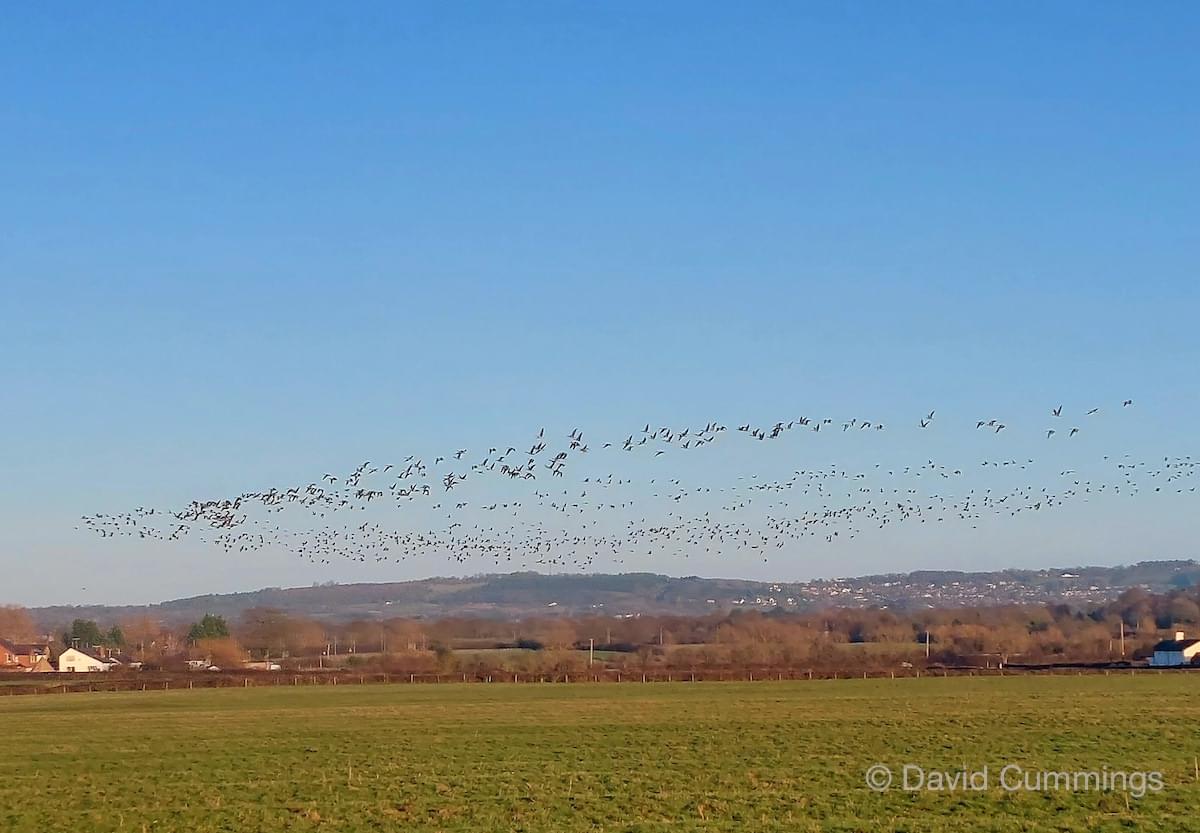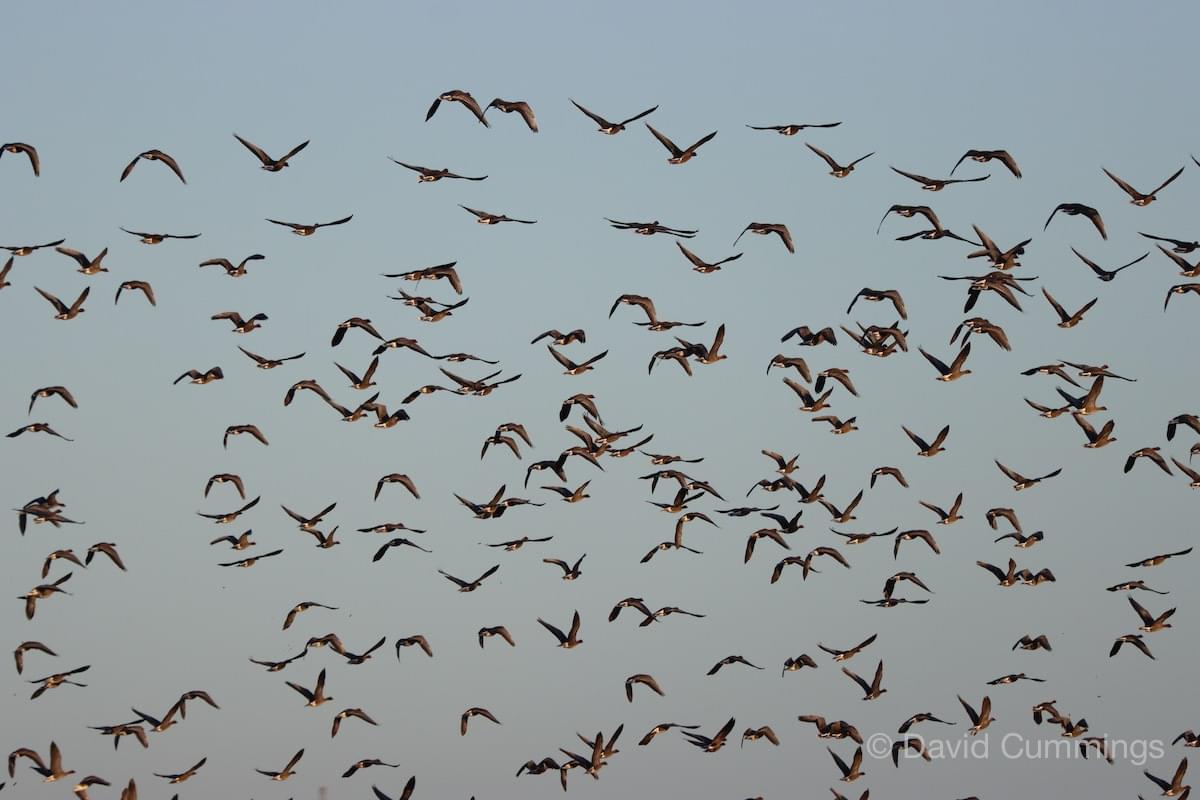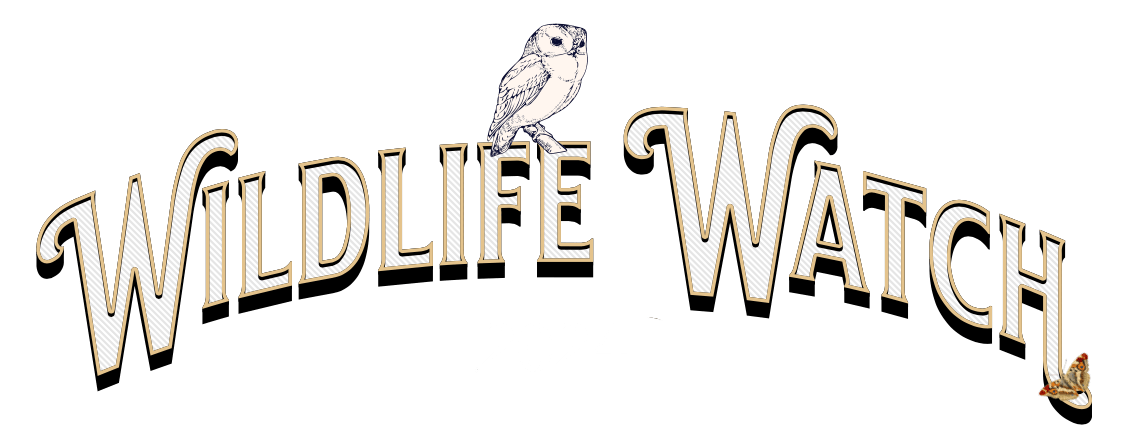
FEBRUARY

BY DAVID CUMMINGS BEM
Big Garden Bird Watch
We like many friends in the village took part in last weekend’s Big Garden Birdwatch. The general consensus seems to be that the birds we expected to see in our gardens were missing on the weekend of the count. So overall it was disappointing. I tried carrying out the census, between 8.30-9.30am on three occasions and my best results were; House sparrows 18. robins 2. starlings 3. blackbird 2. blue tit 2. dunnock 3. wood pigeon 2. jackdaw 1. magpie 2. goldfinch 1. wren 1
Like other friends we didn’t record the possible long tailed tit, black cap, goldcrest, green finch, chaff inch, siskin, greater spotted woodpecker, nuthatch. etc.
This was disappointing, but some of us in the village had seen some really good sightings in January. A diminutive bird of prey, a merlin, was seen twice, over the Legion Meadow and then near Okell’s Nursery. A green sandpiper, which has been a regular winter & spring sighting over the years, was spotted feeding on a flooded field near the River Gowy. Its distinctive tail pattern of a block of white with black base, allowed its identification, although its size and bobbing action when feeding were also good clues. Waxwings have been in the area, and I am grateful to Dr Liz McClure for permission to use her photographs taken several years ago in the Northgate area. If you were lucky you might have seen them at Chester Zoo, Blacon and Helsby. They just love feeding on berries and will stay for long periods at the same site, if the supply is plentiful.
My best sighting this month was on Friday 26th, with I estimated 2,000 - 3,000 Icelandic Pink footed geese on fields off Stamford Lane. They were an amazing sight, and stayed long enough feeding for me to drive home to pick up camera and long lens. There are still a group of shoveler on the Pit, and all the ducks seem to be getting their spring plumage. Jays and jackdaws are now regular sightings in the village, and the jackdaw with white feathers is often feeding on the village green. I hope the group of jackdaws are not feeding on the very early yellow crocus, that have appeared. Snowdrops can be seen in many places in the village and at Littleton, and daffodils are in flower in several places. Other sightings this month include buzzard, kestrel, cormorant, black cap, with flocks of long tailed tits, goldfinches, several nuthatches and a tree creeper.
The family of thrush species seem to have been largely absent from the area this winter, but I’m glad to report that two song thrushes were recorded in the garden birdwatch last weekend. There are still a number of mistle thrushes to be seen near St James’ Church and in Rowton, and I’ve seen the occasional passing flocks of both redwing and fieldfare. They are distinctive as can be seen in the illustrations below, but haven’t been in their usual numbers this winter. They have possibly gone further south in their winter migration.
Several friends have now seen a kingfisher, along the canal. This usual winter visitor(s) seems to spend from November to March each year, anywhere on the canal from Chemistry Lock in Boughton to Salmons Bridge near Waverton Gorse.
-
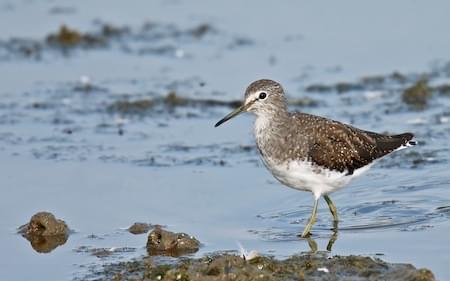
Green Sandpiper
-
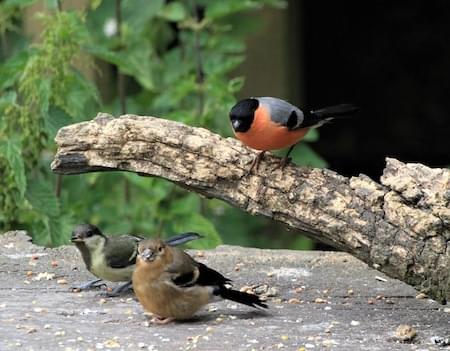
Bullfinches
-
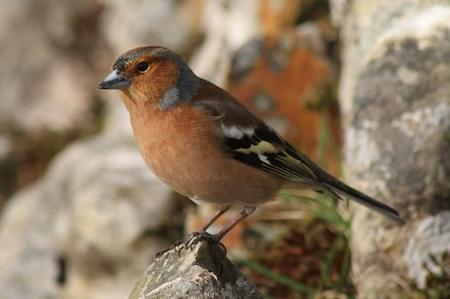
Chaffinch
-
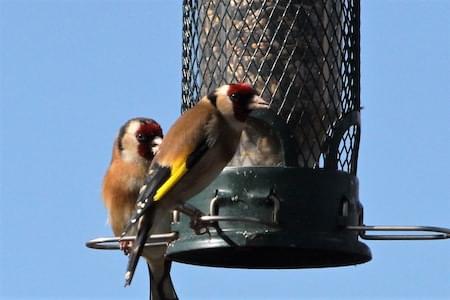
Goldfinch
-
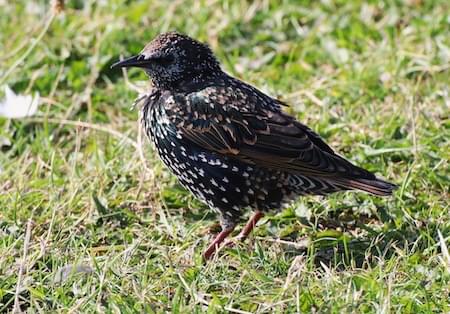
Starling
-
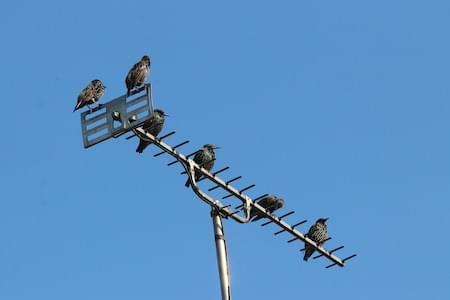
Starlings
-
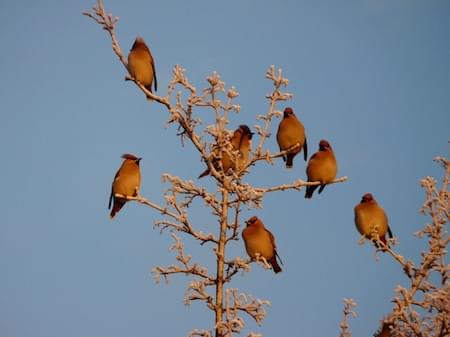
Waxwings
-
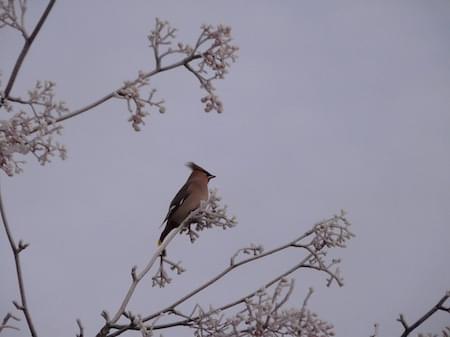
Waxwing
-
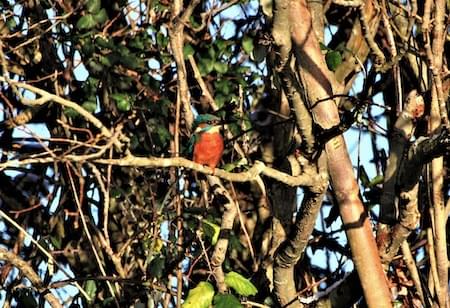
Kingfisher
-
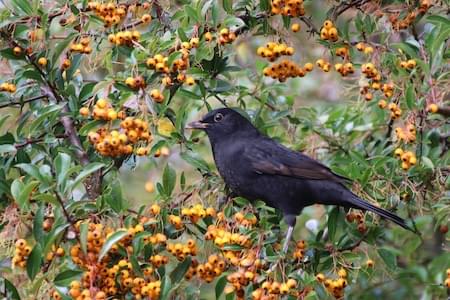
Blackbird female
-
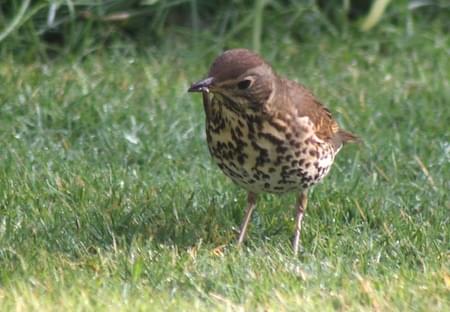
Songthrush
-
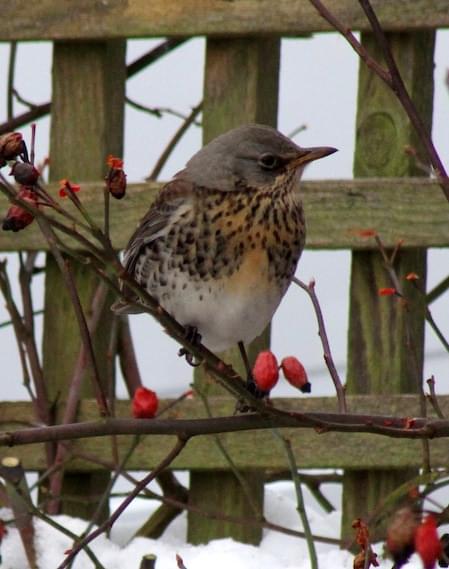
Fieldfare
-
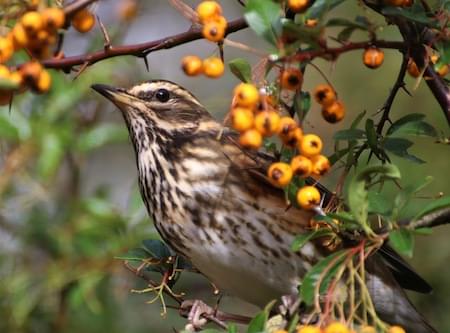
Redwing
-
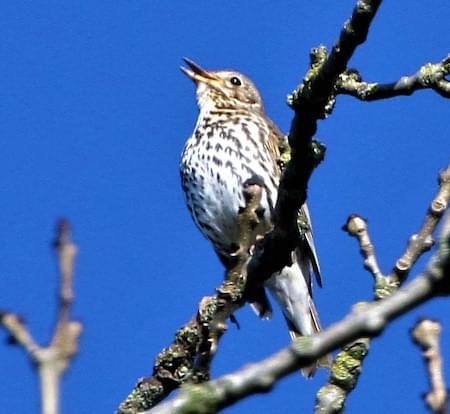
Mistle Thrush
-
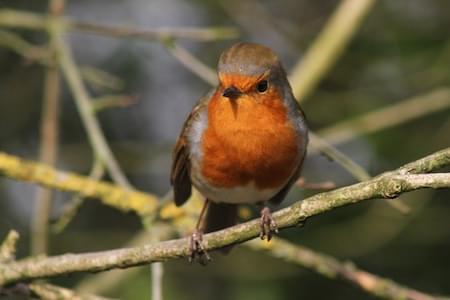
Robin
-
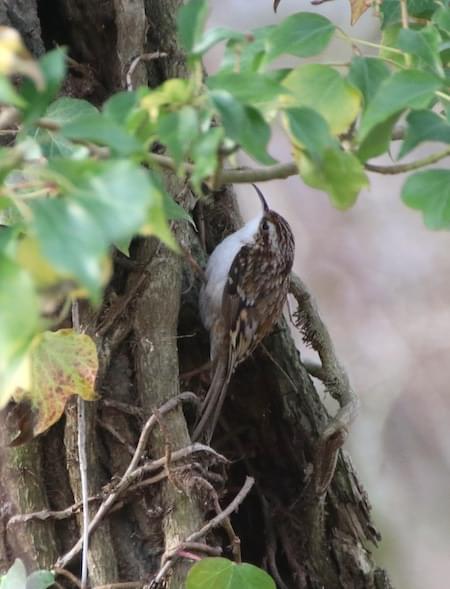
Tree Creeper
-
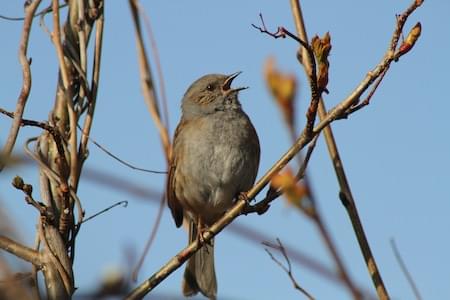
Dunnock
-
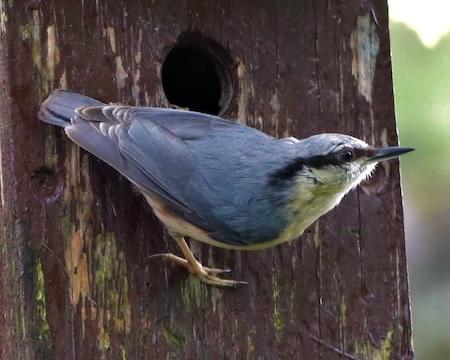
Nuthatch
-
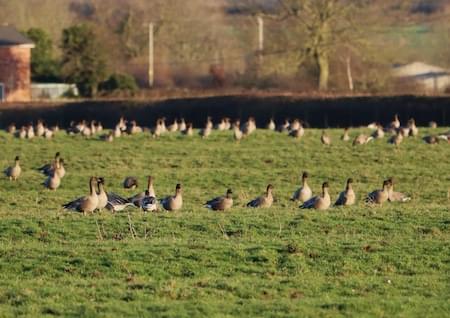
Pink Footed Geese
-
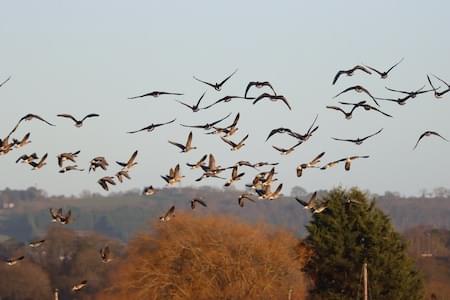
Pink Fleet in Flight
-
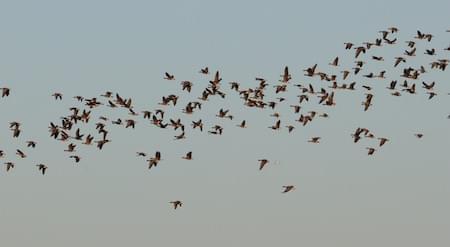
Pink Fleet in Flight
-
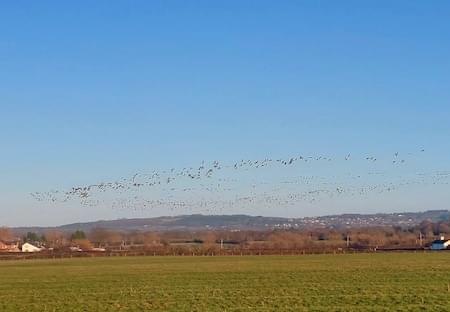
24 Pink feet over Stamford Lane
-
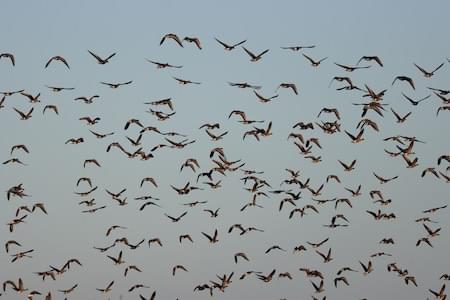
Pnk Footed Geese
-
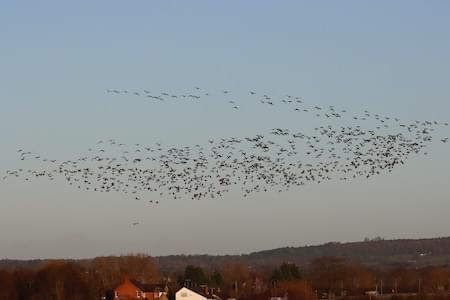
24 Pink feet over Stamford Lane
